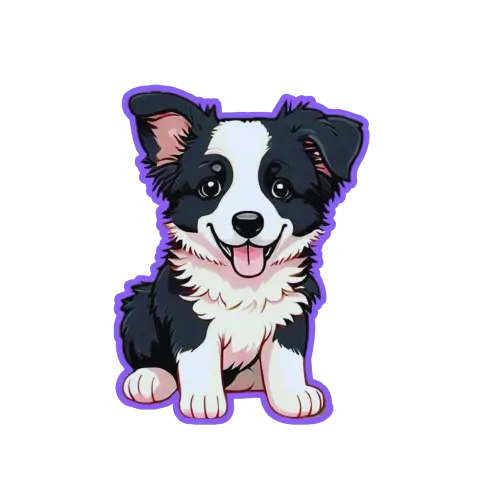The Scoop on Canine Culinary Conquests: Pumpkin Seed Shells Edition!
A Brief Introduction to Furry Foodies
Before we dive into the world of pumpkin seed shells, let’s take a moment to appreciate our canine companions’ unique relationship with food. Dogs are notorious for their curiosity and enthusiasm when it comes to exploring the culinary scene. Whether they’re sniffing out scraps on the kitchen floor or indulging in a carefully prepared meal, our furry friends are always up for a gastronomic adventure!
The Great Pumpkin Seed Shell Debate
Now, let’s get back to the main event: pumpkin seed shells! These crunchy, nutritious treats have gained popularity among dog owners and enthusiasts alike. But, before you start sprinkling them like confetti on your pup’s kibble, it’s essential to consider whether they’re safe for consumption.
The Verdict: Can Dogs Eat Pumpkin Seed Shells?
In short, yes! Pumpkin seed shells are generally considered non-toxic to dogs. However, as with any new food introduction, it’s crucial to start with small amounts and monitor your pup’s reaction. If you notice any adverse effects, such as digestive upset or allergic reactions, it’s best to discontinue the practice.
More Information for the Curious Canine Connoisseur
- Pumpkin seed shells are an excellent source of fiber, protein, and healthy fats, making them a nutritious addition to your pup’s diet.
- As with any new food, be sure to introduce pumpkin seed shells gradually to prevent digestive upset. Start with small amounts (about 1-2 teaspoons per 10 pounds of body weight) and monitor your pup’s reaction.
- If your pup has a history of digestive issues or allergies, consult with your veterinarian before introducing pumpkin seed shells into their diet.
The Final Word: Consult Your Local Vet for More Specific Advice
While we’ve provided general information on the safety and benefits of pumpkin seed shells for dogs, it’s essential to remember that every pup is unique. For more specific advice tailored to your furry friend’s needs and situation, be sure to consult with your local veterinarian.
Remember: Always prioritize your pup’s health and well-being by introducing new foods gradually and monitoring their reaction. If in doubt, consult with your vet for personalized guidance!
